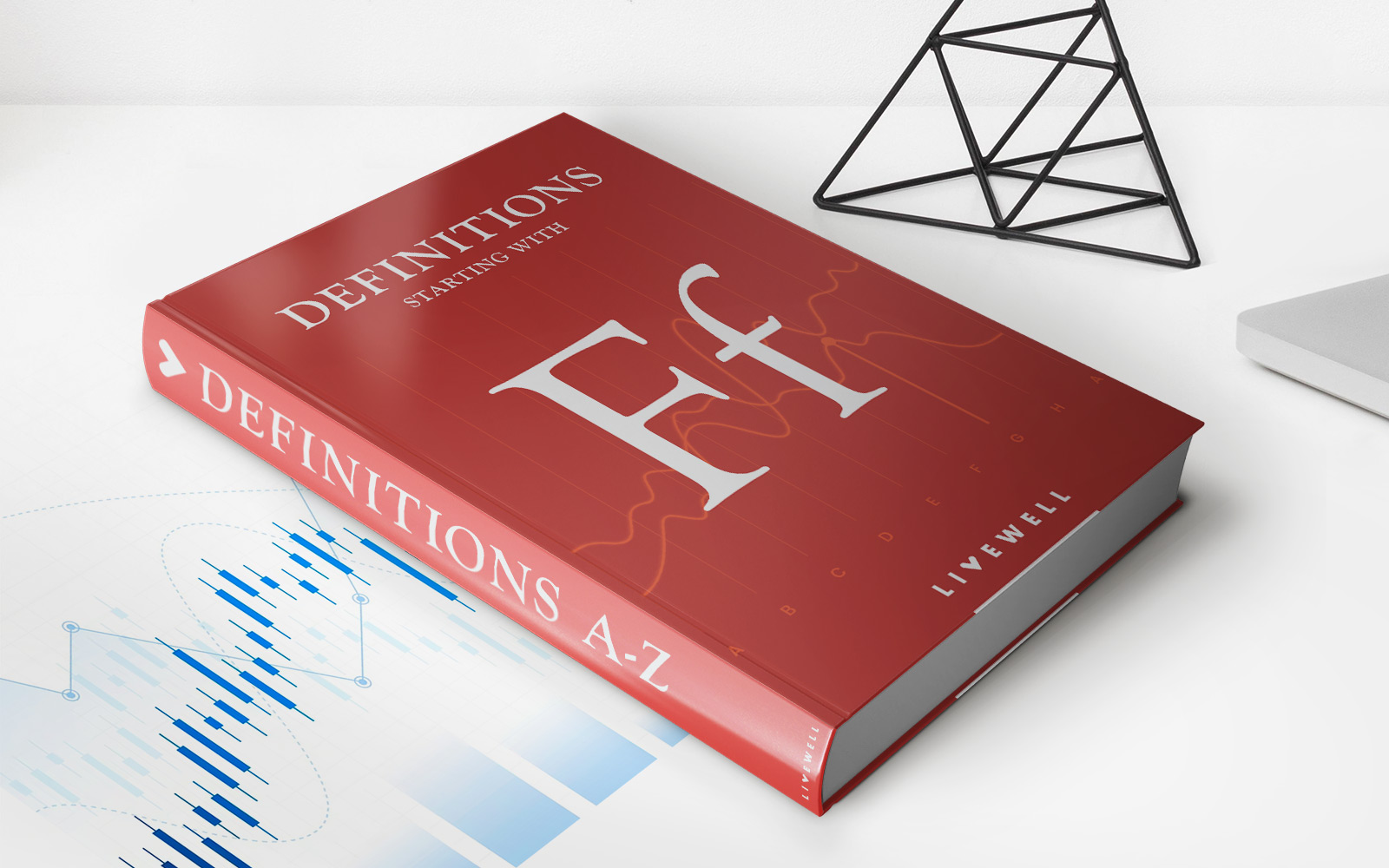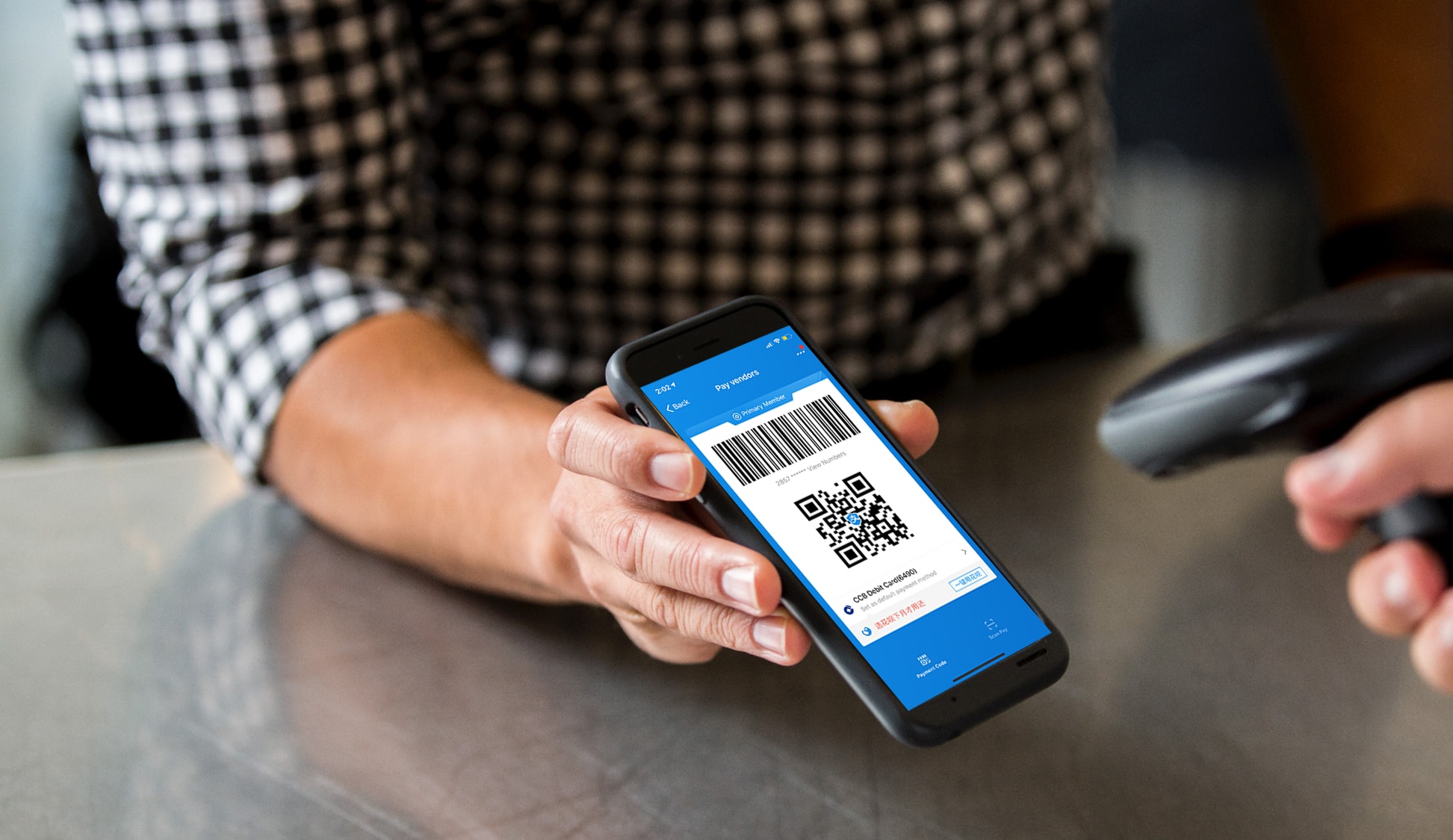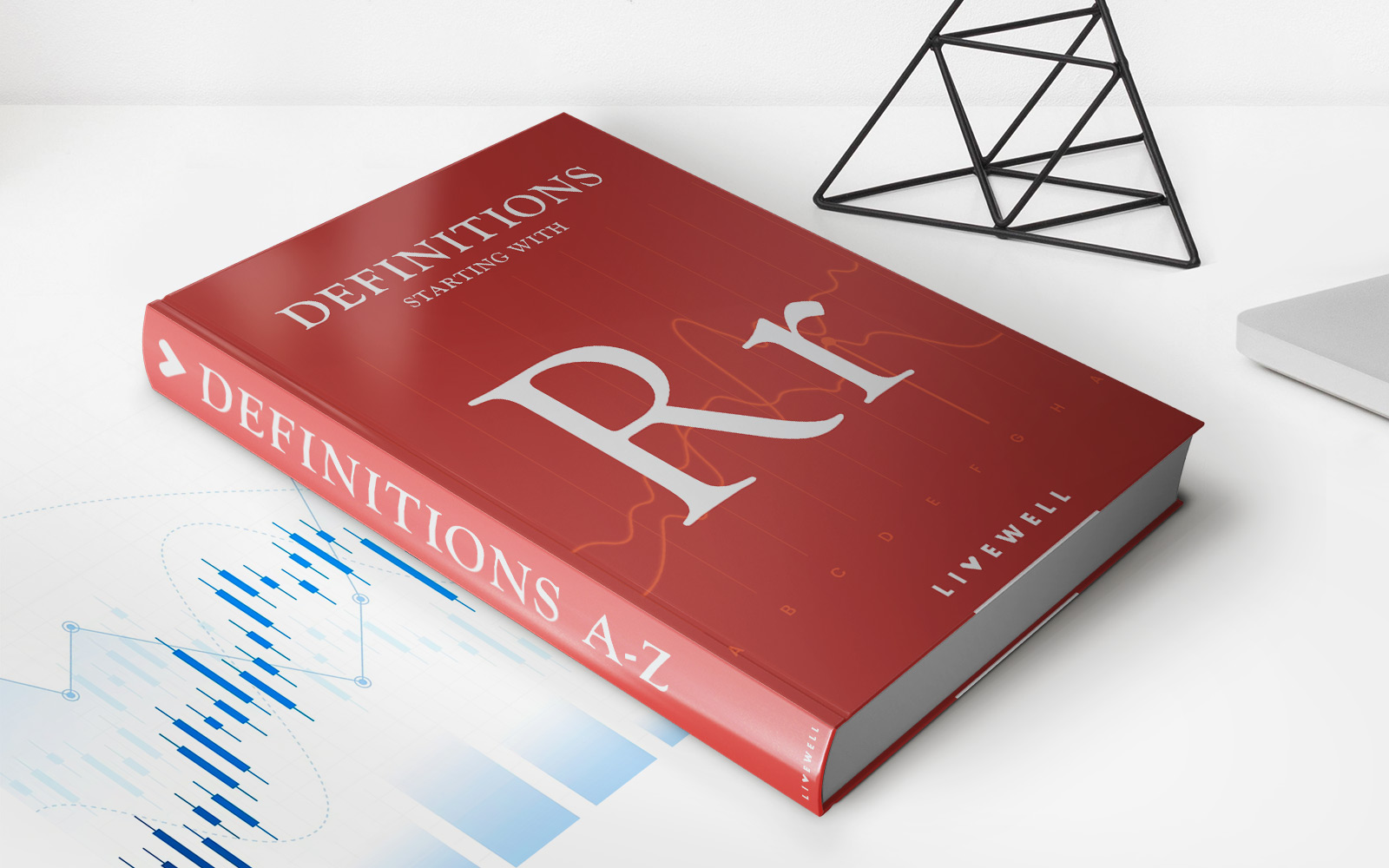Home>Finance>At What Point Are You No Longer Eligible To Receive Direct Subsidized Loans?


Finance
At What Point Are You No Longer Eligible To Receive Direct Subsidized Loans?
Published: February 17, 2024
Learn about the eligibility criteria for receiving direct subsidized loans and understand when you may no longer qualify. Get expert finance advice here.
(Many of the links in this article redirect to a specific reviewed product. Your purchase of these products through affiliate links helps to generate commission for LiveWell, at no extra cost. Learn more)
Table of Contents
Introduction
Understanding Direct Subsidized Loans
Direct Subsidized Loans are a popular form of financial aid for students pursuing higher education. These loans, offered through the U.S. Department of Education, are designed to help students cover the cost of their education while offering more favorable terms compared to other types of loans. What sets Direct Subsidized Loans apart is that the government pays the interest on the loan while the student is in school at least half-time, during the six-month grace period after leaving school, and during any periods of deferment.
As a result, these loans are particularly attractive to students and their families, as they can reduce the overall financial burden associated with pursuing a college education. However, it’s crucial for borrowers to understand the eligibility criteria and the specific conditions under which they may no longer be eligible for this type of financial aid.
In this article, we’ll delve into the details of Direct Subsidized Loans, explore the factors that determine eligibility, and address the critical question of when a student may no longer qualify for this form of financial assistance. By gaining a comprehensive understanding of these key aspects, students and their families can make informed decisions about pursuing higher education and managing the associated financial commitments.
Understanding Direct Subsidized Loans
Direct Subsidized Loans, also known as Subsidized Stafford Loans, are a type of federal student loan that offers unique benefits to eligible undergraduate students with demonstrated financial need. These loans are intended to help cover the costs of higher education, including tuition, fees, and other educational expenses. One of the key advantages of Direct Subsidized Loans is that the U.S. Department of Education pays the interest on the loan under certain circumstances, making them a cost-effective option for students in need of financial assistance.
Unlike unsubsidized loans, where borrowers are responsible for all interest accrued, the subsidized variant provides a valuable financial reprieve by covering the interest during specific periods. This feature alleviates the financial burden on students while they are pursuing their education and during subsequent grace periods or deferment.
It’s important to note that Direct Subsidized Loans are exclusively available to undergraduate students, and the amount a student can borrow is determined by their school and is based on factors such as financial need and the cost of attendance. Additionally, there are limits on the maximum period for which a student may receive subsidized loans, which we will explore in more detail later in this article.
By comprehending the unique benefits and limitations of Direct Subsidized Loans, students and their families can make well-informed decisions about financing higher education. The next section will delve into the specific eligibility requirements for these loans, shedding light on the criteria that determine whether a student qualifies for this form of financial aid.
Determining Eligibility for Direct Subsidized Loans
Eligibility for Direct Subsidized Loans is contingent upon several key factors, with financial need being a primary consideration. To qualify for these loans, students must complete the Free Application for Federal Student Aid (FAFSA) to determine their eligibility for various forms of financial aid, including grants, work-study opportunities, and federal student loans.
When assessing financial need, the FAFSA takes into account the student’s Expected Family Contribution (EFC) and the cost of attendance at their chosen institution. The difference between these two figures is used to determine the student’s financial need, which is a crucial determinant for receiving Direct Subsidized Loans.
Another essential criterion for eligibility is the student’s enrollment status. To be eligible for a Direct Subsidized Loan, the student must be enrolled at least half-time in a degree or certificate program at a qualifying institution. Additionally, the student must meet and maintain satisfactory academic progress as defined by their school.
It’s important to highlight that Direct Subsidized Loans are only available to undergraduate students, and there are limits on the maximum period for which a student may receive these loans. This is known as the maximum eligibility period, which is based on the length of the student’s current program. Understanding these limitations is crucial for students as they plan their financial aid strategy and navigate the complexities of higher education financing.
By meeting these eligibility criteria and maintaining compliance with the requirements set forth by the Department of Education, students can access the valuable benefits of Direct Subsidized Loans, including the government’s coverage of interest during specific periods. However, it’s equally important for students to be aware of the circumstances under which they may no longer qualify for this form of financial aid, which we will explore in the following section.
At What Point Are You No Longer Eligible for Direct Subsidized Loans?
While Direct Subsidized Loans offer valuable financial support to eligible undergraduate students, there are specific conditions under which a student may no longer be eligible to receive these loans. One critical factor that can impact eligibility is the maximum eligibility period, which is a set timeframe during which students can receive Direct Subsidized Loans.
The maximum eligibility period is based on the length of the student’s current program. Once a student reaches this limit, they are no longer eligible to receive additional Direct Subsidized Loans. It’s essential for students to be aware of this limitation and plan their academic and financial paths accordingly, especially if they anticipate needing financial aid beyond the maximum eligibility period.
Another scenario that can affect eligibility for Direct Subsidized Loans is a change in enrollment status. If a student drops below half-time enrollment or ceases to be enrolled in a degree or certificate program, they may no longer qualify for these loans. It’s crucial for students to understand the impact of their enrollment status on their eligibility for financial aid and to communicate any changes to their school’s financial aid office.
Furthermore, if a student has previously received Direct Subsidized Loans for a certain period and then exceeds the maximum eligibility period for their program, they may become responsible for the interest that accrues on their existing subsidized loans. This transition from having the interest covered by the government to being responsible for it can significantly impact the overall cost of borrowing for students.
Understanding these factors is essential for students to make informed decisions about their financial aid options and to plan effectively for the costs associated with higher education. While the availability of Direct Subsidized Loans can provide valuable support, it’s equally important for students to be mindful of the conditions that can impact their ongoing eligibility for this form of financial assistance.
Exploring Other Financial Aid Options
For students who may no longer be eligible for Direct Subsidized Loans or who are seeking additional financial assistance beyond the limits of subsidized borrowing, exploring alternative financial aid options is essential. Several avenues exist to help students bridge the gap in funding their education and minimize the need for high-interest private loans.
One prominent alternative is Direct Unsubsidized Loans, which are available to both undergraduate and graduate students regardless of financial need. While these loans do not offer the interest benefits of their subsidized counterparts, they provide a valuable source of funding to cover educational expenses. Additionally, the annual loan limits for Direct Unsubsidized Loans are higher than those for Direct Subsidized Loans, offering students the opportunity to secure additional financial support.
Another avenue for financial aid is through federal and state grants, which provide funds that do not need to be repaid. The Pell Grant, for example, is a need-based grant that offers substantial financial assistance to eligible undergraduate students. Additionally, state-specific grants and scholarships can further supplement a student’s financial aid package, helping to offset the costs of tuition, books, and other educational expenses.
Work-study programs are another valuable resource for students seeking financial aid. These programs provide part-time employment opportunities for eligible students, allowing them to earn money to help cover their educational expenses while gaining valuable work experience. The Federal Work-Study program, in particular, offers a range of job opportunities both on and off campus, providing students with flexibility and financial support.
Finally, exploring scholarship opportunities through academic institutions, private organizations, and foundations can provide students with additional avenues for securing financial aid. Scholarships are awarded based on various criteria, including academic achievement, extracurricular involvement, and unique talents or characteristics. By actively seeking out and applying for scholarships, students can reduce their reliance on loans and minimize the financial burden associated with pursuing higher education.
By exploring these alternative financial aid options, students can construct a comprehensive and diverse funding strategy that aligns with their individual needs and circumstances. Understanding the range of available resources and being proactive in pursuing financial aid opportunities can empower students to effectively manage the costs of their education while minimizing the long-term impact of student loan debt.
Conclusion
Direct Subsidized Loans serve as a valuable resource for undergraduate students with demonstrated financial need, offering a means to finance their education while benefiting from the government’s coverage of interest during specific periods. Understanding the eligibility criteria and the conditions that can impact ongoing eligibility for these loans is crucial for students and their families as they navigate the complexities of higher education financing.
By comprehending the unique benefits and limitations of Direct Subsidized Loans, students can make informed decisions about their financial aid options and plan effectively for the costs associated with pursuing higher education. It’s essential for students to be proactive in exploring alternative financial aid avenues, such as Direct Unsubsidized Loans, grants, work-study programs, and scholarships, to construct a comprehensive funding strategy that aligns with their individual needs and circumstances.
As students explore these financial aid options, they should also remain mindful of the impact of their enrollment status and the maximum eligibility period on their eligibility for Direct Subsidized Loans. Being aware of these factors can empower students to make informed decisions about their academic and financial paths, ultimately minimizing the long-term impact of student loan debt.
Ultimately, the pursuit of higher education should be accompanied by a thoughtful and well-informed approach to financing. By leveraging the available resources and understanding the intricacies of financial aid programs, students can embark on their educational journeys with confidence, knowing that they have a comprehensive plan to manage the costs of their education while pursuing their academic and career aspirations.
It is essential for students and their families to engage with their school’s financial aid office, research available financial aid options, and stay informed about the evolving landscape of higher education financing. By doing so, they can navigate the complexities of financial aid with clarity and purpose, ensuring that they can access the support they need to achieve their educational goals.














